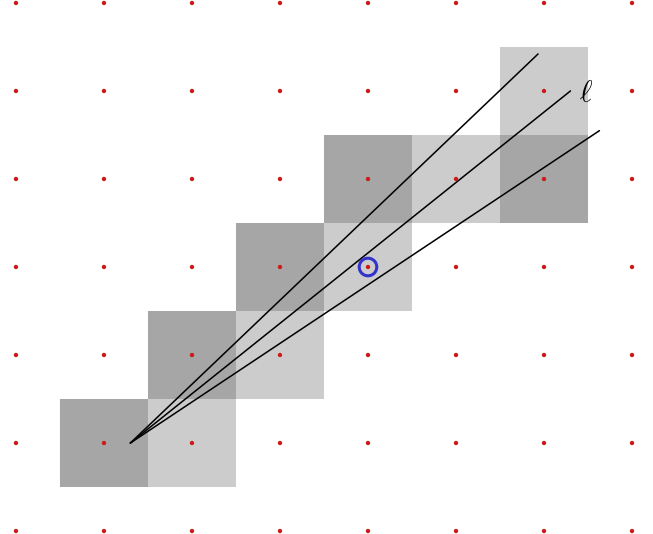alt text http://robbymckilliam.github.com/pictures/linemo.png
image fixed (inlining HTTP images doesn't work anymore); for more info, see https://gist.github.com/Glorfindel83/9d954d34385d2ac2597bbe864466259f
Glorfindel
- 2.8k
- 6
- 30
- 39
Robby McKilliam
- 1k
- 8
- 14
added 1 characters in body; added 11 characters in body; Post Made Community Wiki
Robby McKilliam
- 1k
- 8
- 14
deleted 18 characters in body; added 9 characters in body; edited body; deleted 7 characters in body
Robby McKilliam
- 1k
- 8
- 14
Robby McKilliam
- 1k
- 8
- 14
